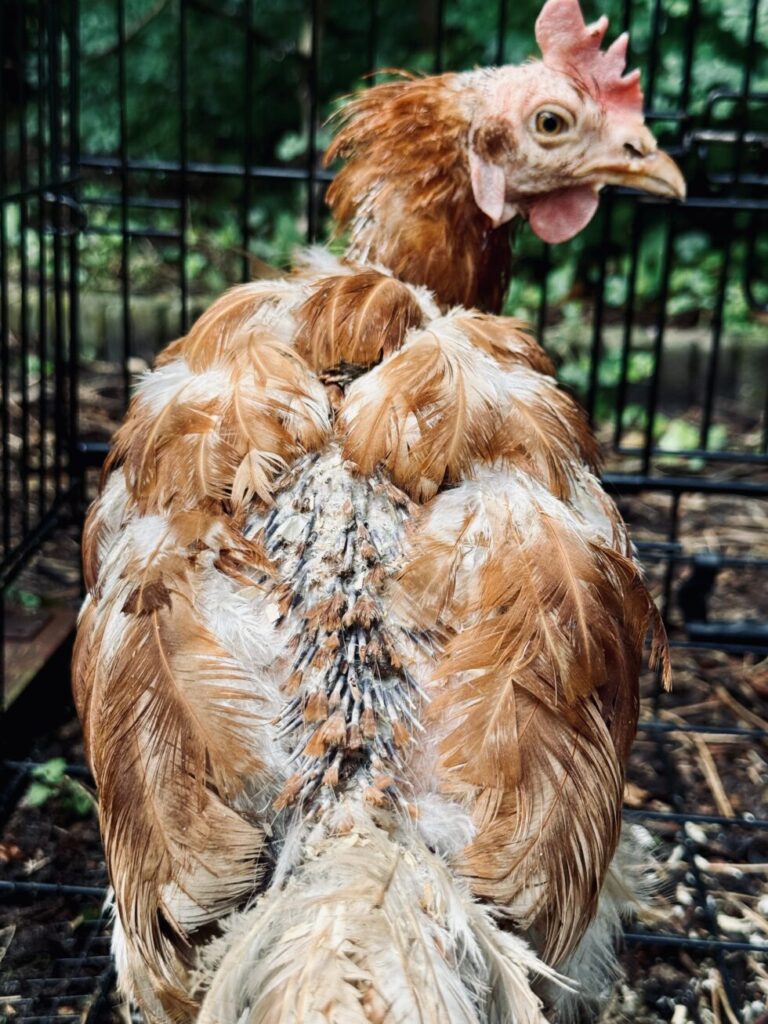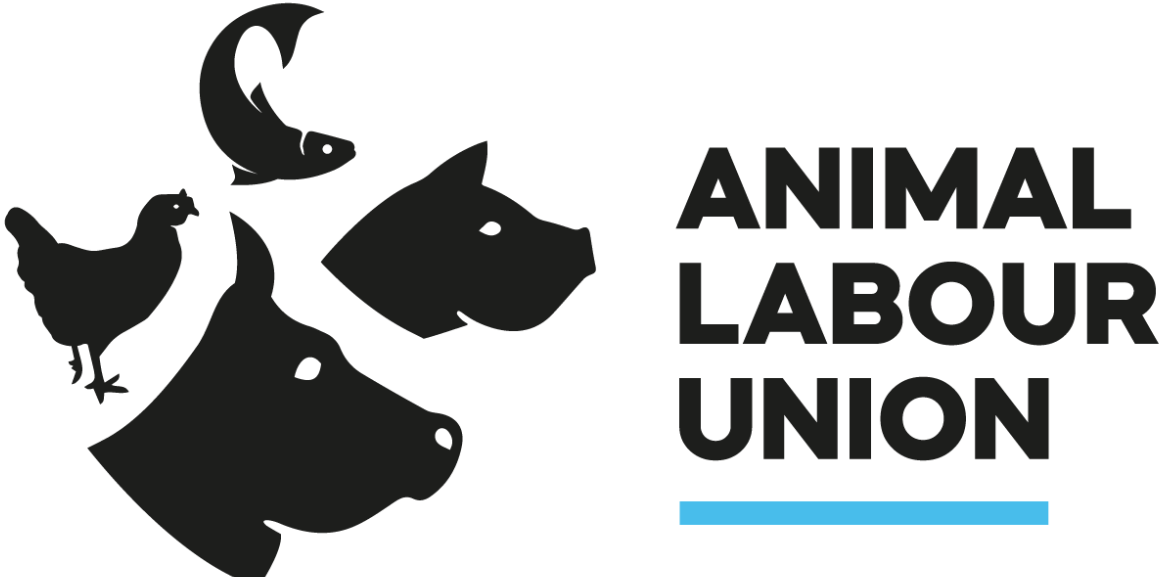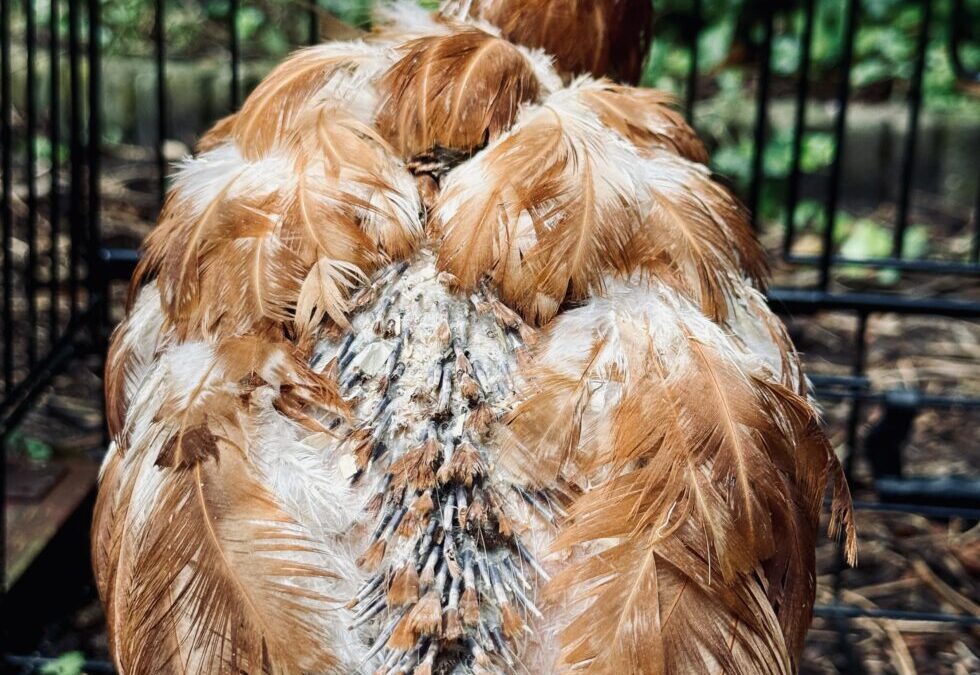
“But I always buy free-range eggs!”
When I tell friends and acquaintances that I rescue laying hens who are no longer productive, I often get an apologetic response. I rarely call people out on their behaviour, but they feel the need to explain themselves to me, as they mean well, after all.
I believe (sometimes against my better judgement) in educating people. Just show them how the hens that lay eggs live. Tell them they never see the outdoors and have never felt the sun. That they have a natural need to take dust baths, but are never allowed to. The choice is then theirs.
Society has accepted this form of animal abuse, even though scientific research has long demonstrated that this way of keeping animals is not sustainable. Look at the newspaper and shudder. Manure surplus, methane emissions, nitrogen emissions. The livestock industry strips our planet of nature and biodiversity. The suffering inflicted on animals in this system is also scientifically proven. Animals experience pain, fear, and stress, and it’s proven that they suffer. This is no longer up for debate.
And so, here’s a photo of Blue. That’s what I call her, because she had a blue ring around her leg when I got her. She’s a free-range chicken. In the first 18 months of her life, she’d never seen daylight, never felt the earth under her feet, never taken a dust bath, and never had the chance to roam. With 9 hens per square metre, there was constant fighting for space.
Last week, I picked up Blue, along with her companions Yellow and Green, from a sanctuary. They are now enjoying their retirement in my garden. And her body clearly shows that she’s earned it. Her feathers have been pulled out by her fellow hens, something that is both painful and frightening. She couldn’t escape from the chickens that harmed her. She had no physical space to recover after an attack. She couldn’t retreat with her friends to rest in peace from the pain. And while she’s been trapped in this unsafe environment her entire life, she still laid an egg every day. A free-range egg.
So now you know. Bon appétit.
Oh, and before anyone responds that chickens like this are a rare exception, here are a few statistics: in 2023, there were about 33 million laying hens in the Netherlands (CBS). The average mortality rate, which is synonymous with premature death, is around 8%. That means 2.6 million chickens die from pecking by their companions, being smothered, unable to get food or water because other hens withhold it from them, or from illnesses caused by the living conditions. The chickens that survive the full 18 months, like Blue, have had a tough life. All of them.



